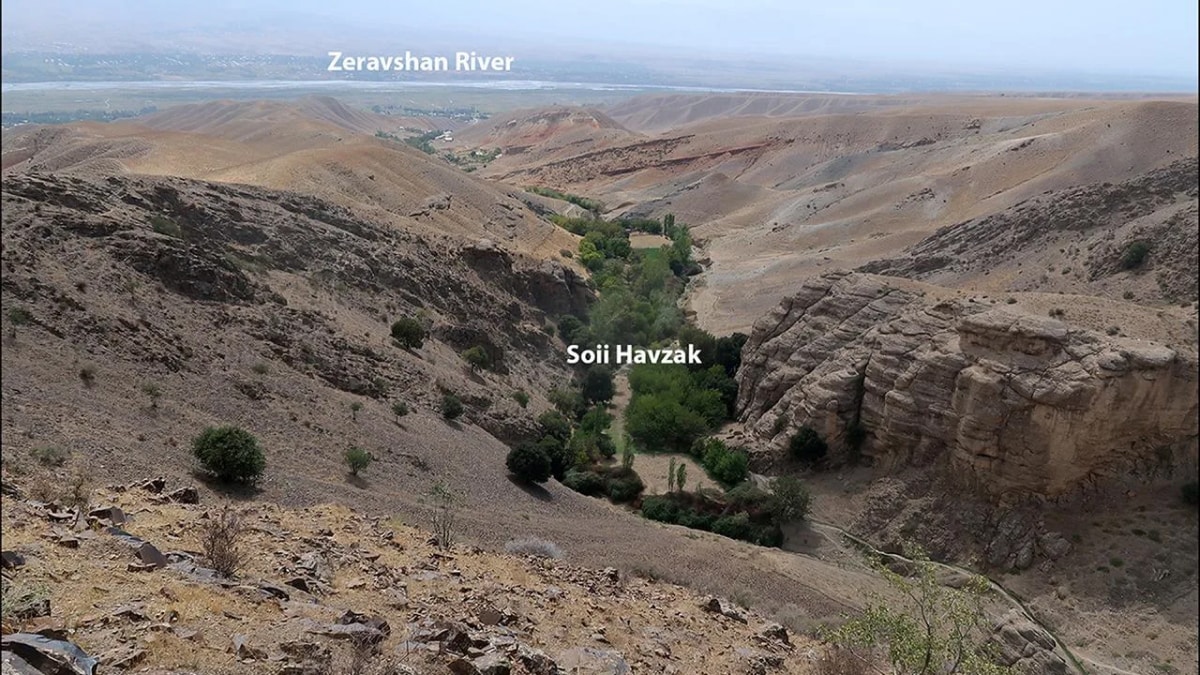Archaeologists have uncovered a rock shelter in Tajikistan's Zeravshan Valley that was occupied by multiple human species, including Neanderthals, Denisovans, and Homo sapiens, for over 130,000 years. Discovered along the Zeravshan River in the Inner Asian Mountain Corridor (IAMC), this site, known as Soii Havzak, provides new insight into the migration patterns of ancient humans. Researchers believe the IAMC may have facilitated interactions between these groups, offering clues about how they lived and possibly coexisted in Central Asia.
Discovery Along the Zeravshan River
A team led by Dr Yossi Zaidner, senior lecturer at the Institute of Archeology at the Hebrew University of Jerusalem, recently excavated the site. Evidence of various human occupations was found, including stone tools and animal bones dating from 150,000 to 20,000 years ago. Zaidner noted that Central Asia's IAMC could have served as a natural migration route, allowing distinct human populations to cross paths. “This discovery is crucial for understanding ancient human presence in Central Asia and how different human species may have interacted here,” he stated in a press release.
Significance for Human Migration and Interaction
Artifacts from Soii Havzak, including stone blades, rock flakes, crafted flints, and signs of fire use, suggest repeated use of the shelter by different human groups. The find highlights Central Asia's significance in ancient migration routes, with the Zeravshan River likely serving as a pathway for early humans as they dispersed across continents.
A Pathway for Ancient Civilizations
Beyond its prehistoric importance, the Zeravshan Valley later became a key route on the Silk Road, linking distant civilizations such as China and Rome. Researchers expect further studies at Soii Havzak to shed light on the broader implications of this region in ancient human migration and cross-cultural interactions, aiming to deeper understanding of human history and evolution during the Middle Paleolithic era.


